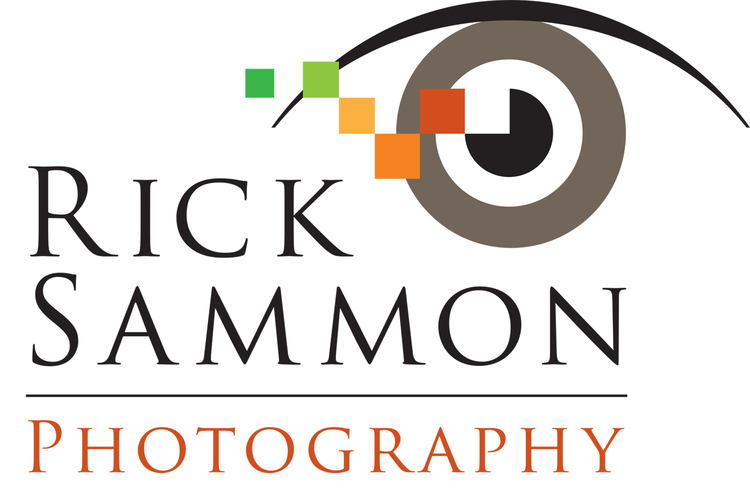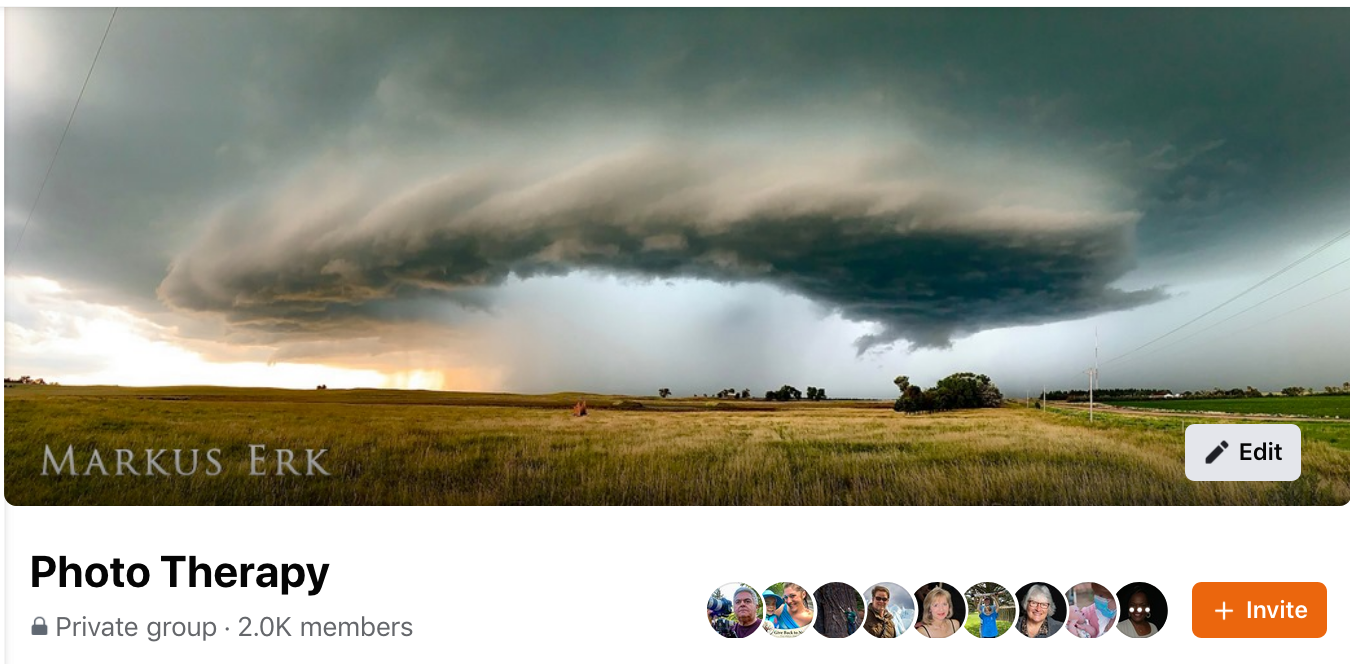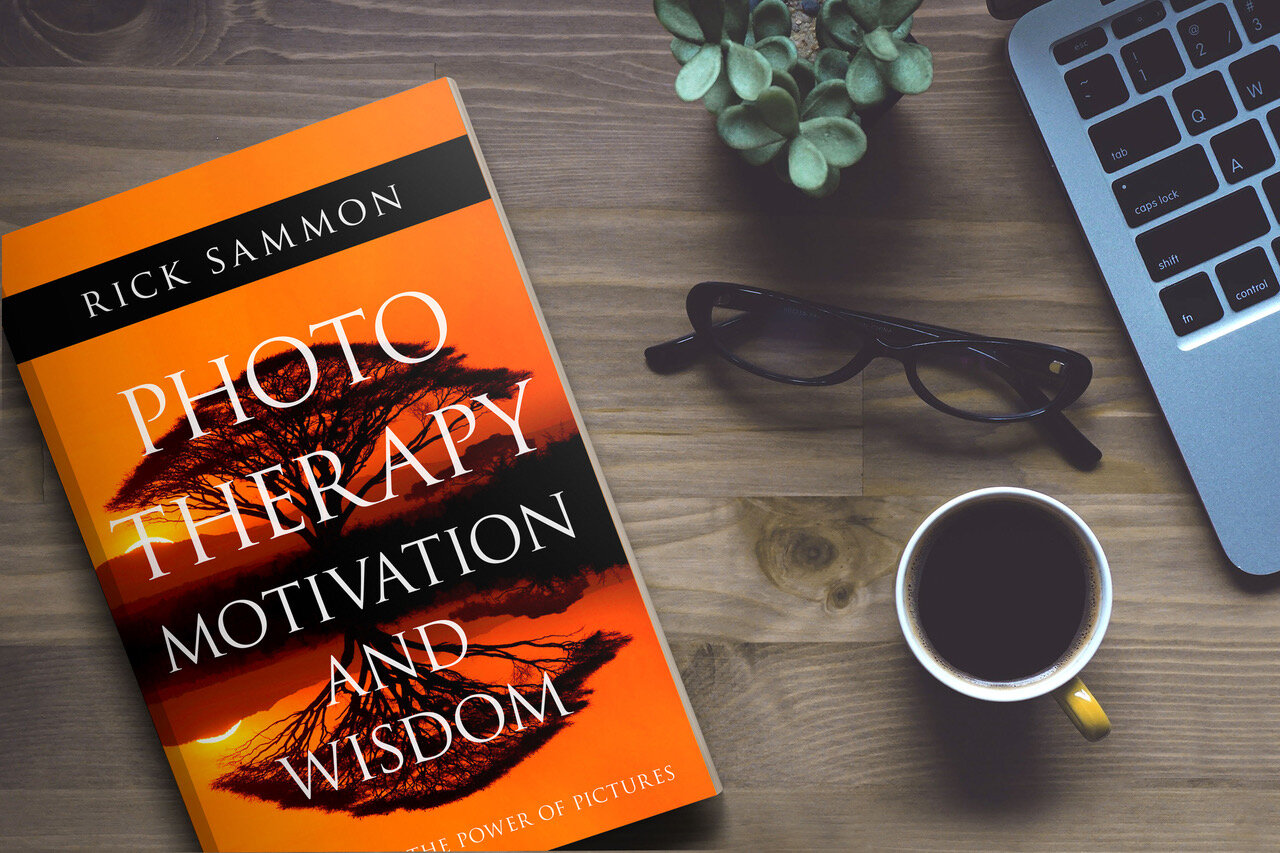Hey All!
Here’s Chapter 1 from my latest (41st) book, Photo Quest - Discovering Your Photographic and Artistic Voice. Enjoy.
1.
What Makes Someone an Artist?
“Every child is an artist. The problem is how to remain an artist once he grows up.”
―Pablo Picasso
If you are a photographer, the first step on this creative journey of yours is to ask yourself: “Am I an artist or a photographer?” If you are a painter, you can ask yourself: “Do I just copy a painting or idea or do I create something unique?” If you are a musician, you can ask yourself: “Am I creating original music or am I just plying ‘covers’ (renditions of popular songs)? To answer that question, you first need to ask: “What’s the difference?”
We can begin to find the answer by looking at the difference between art (which is subjective) and science (which is objective).
Art: An artistic photograph often has a sense of mystery, as discussed in Chapter 11: Creating a Sense of Mystery. We can, of course, add “creating a sense of fantasy” when it comes to an artist’s image.
Science: A straight, or “scientific.” photograph if you will, simply shows what we see without any digital enhancements—none whatsoever.
Therefore, as educator Karen P.L. Hardison (who writes for enotes.com) states, “Art and science are therefore in fundamental character very dissimilar.”
So, if we translate that to photography, there is a fundamental difference between being an artist and a photographer.
That being said, I have seen straight-out-of-the camera artistic images that have captivated me, as does art, simply because the photographer composed and exposed the photograph perfectly, but more importantly because of the subject—we should never underestimate the importance of a good subject. Think of the most beautiful sunset or sunrise photograph you have taken or have seen. Thanks to Mother Nature “painting” the scene with dramatic light and shadows, adding “brush strokes” of colorful light, and creating breathtaking clouds, we have, indeed, a work of art in a straight shot.
I can’t stress enough the importance of a good subject. My friend/artist/photographer Art Wolfe agrees and has dozens of examples in his book, Human Canvas. In this coffee table book, Art uses his exceptional photography and his background in fine art painting to transform skin into an abstract landscape.
According to Art, “The project was inspired by the body-painting traditions of indigenous peoples that I have photographed worldwide, and particularly those in Ethiopia and Papua New Guinea. I set out to present my ‘own take’ on this art form and explore concepts of universal beauty.
Through the use of lines, patterns, textures, and unusual points of view, I tried to abstract the human form and create a unique and captivating look of the human body as art. The result, I feel, is an energized expression of both artistic mastery and cultural impact.”
I like Art’s idea and the way he explains it. An important point he mentions is that it’s his “own take.” I think if we experiment with a concept and try our “own take,” we just may come up with an original—and artistic—idea.
•••
When asking ourselves if we are an artist or a photographer, for example, there is another answer: you can be both.
I asked this question on Facebook and received dozens of comments. I used them here with the understanding of these Facebook friends that their comments would be used in a book.
Take a look, and see if you see yourself in these words, especially in the last two comments.
•••
Erin Babnik
You could ask the same question of someone whose medium is paint: are they a painter or an artist? A professional house painter or sign painter might not self-identify as an artist, even if they take pride in having achieved a high level of craftsmanship. In my view, an artist is simply someone who uses their medium as an outlet for personal expression, intending to put something of them into each creation, no matter what medium they are using. A photographer has many options for expressing a personal way of 'seeing' that is infused with personal ideas about what is in front of the camera—from framing to timing to lighting to post-processing, the options are nearly limitless. Because I use cameras to suggest my ideas about the world, I consider myself an artist, but I am also a photographer.
Ron Clifford
My camera is the instrument of connection. Photoshop and Lightroom my studio. I am an artist. My medium is light.
Buddy Weiss
The answer is "yes." I'm a photographer because I take photographs. I'm an artist because I select the subject, the camera position, the framing, the timing, the aperture and shutter speed, and because I make my desired adjustments in post-processing to convey a look and feel that is mine and mine alone. There you have it.
Alec Arons
To me it is about creating images with mood and feeling that I care about intending to express myself to others visually. So yes I am an evolving artist that has selected photography as his method of expression.
Bonnie Gresham Davidson
Sometimes I’m a photographer taking pictures as we travel. Sometimes I’m an artist creating images. These might be considered artistic by some and not by others. But the freedom of being an artist far outweighs what others think. We don’t all have the same taste.
Shelly St. Jean
My art starts in my mind, as a vision, I imagine it and then I work it into a real-life setup I use the beauty around me and maybe add more. My canvas is my camera where I paint with light to create. Therefore I am not only a photographer, I am also an artist!
Kevin Scott
I am both, depending on the situation. Sunrise/sunsets, I'm an artist. Sports, I'm a photographer. Weddings, I'm mostly a photographer. But to be honest, even wedding photos can delve into artistry, depending on what I may do in post. I hope this helps.
Eric Friedmann
I’m a photographer who occasionally makes art.
Rick Berk
I’m a photographic artist. Because I create with the camera a look that I want to convey to my viewer through the creative use of shutter speed and aperture.
Glenn Taylor
I’m not sure anymore. I just keep moving forward and trying to improve.
Karen Hoffman
I am still learning and haven't reached that personal verdict yet.
• • •
I think the message here is that it's okay to be both a photographer and artist, or both a musician who plays original music or cover songs to, as my mother told me when I a kid, "Always follow your heart."
Hey, I know that is not always an easy choice, due to the ups and downs of growing as a photographer, artist, and person. I'll talk more about that in Chapter 5 – The Roller Coaster Ride of Creatives.
The key is to never give up.
• • •
Ask yourself: “Am I an artist or a photographer (or both), or a creative or someone who just copies?” That question begs another question: “What is art?”
Seeking the answer will help us find our photographic and artistic voices.
Of course, art is subjective, but I think deep down inside we can tell the difference between a work of art and the “same old, same old.” For example, I think Orson Welles’ Citizen Kane, with its very dramatic lighting (accentuated by using black-and-white film) and unique camera angles, is a work of art. I think many film lovers would agree. At the opposite end of the creative spectrum are daytime soap operas on broadcast television channels. The lighting is relatively boring, among other factors. That being said, daytime soap operas are not intended to be works of art.
When it comes to music (one of my passions), the same idea holds: “bubble gum” pop songs like “Yummy Yummy Yummy” (the 1968 hit by the Ohio Express) are not works of art. Adagio for Strings by Samuel Barber is art. It was played at JFK’s funeral, and some say it is the saddest classical piece ever written.
The following are a few of my favorite explanations of art by well-known artists. I’ll follow up with comments on two quotes that hit home for me.
“Ideas alone can be works of art…All ideas need not be made physical…A work of art may be understood as a conductor from the artist’s mind to the viewer’s. But it may never reach the viewer, or it may never leave the artist’s mind.” —Sol LeWitt
“We all know that art is not truth. Art is a lie that makes us realize the truth.” —Pablo Picasso
“Art is filling a space in a beautiful way. That’s what art means to me.“ —Georgia O’Keeffe
“Art is a habit-forming drug.” —Marcel Duchamp
“Art is a revolt, a protest against extinction.” —André Malraux
Expanding on André Malraux’s quote about extinction, I think consciously or subconsciously, we would all like to leave something behind when we leave this world. That is why I can relate to the quote. Another way to convey that sentiment: an artist lives forever. Long live the artists!
On a side note, a writer also lives forever, which is kind of cool, because you can talk to people even after you are dead.
Your Mission:
Take a straight photograph of an everyday object, perhaps a piece or a bowl of fruit. In the digital darkroom, try adding some enhancements. Even a blurry vignette, which appears to change the depth of field, can make an image look more artistic. If you are a painter, try similar techniques.












